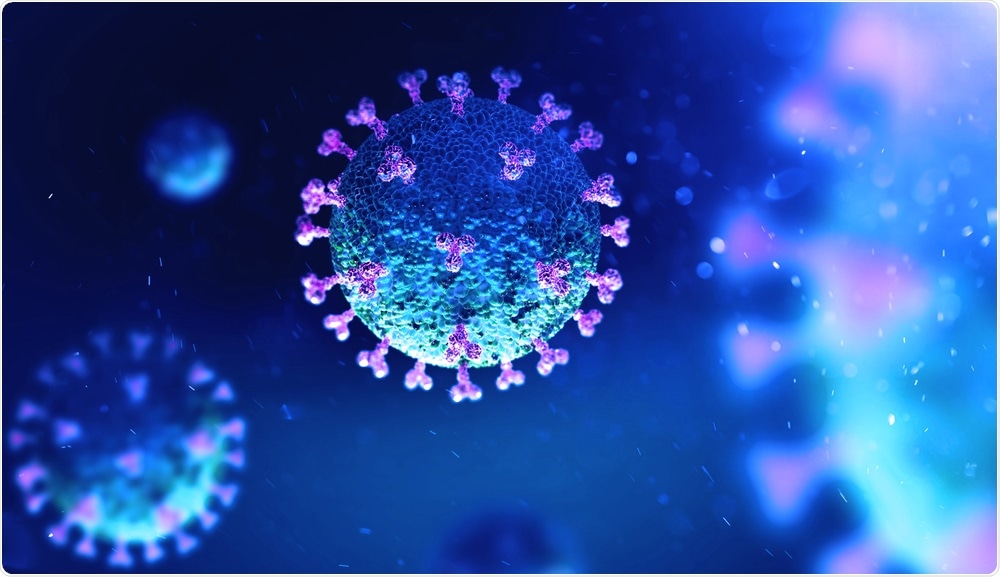Scientists across the globe are rushing to find inhibitors of SARS-CoV-2, the new coronavirus behind the COVID-19 pandemic. Some are using computer simulations to identify promising compounds before conducting actual experiments in the lab.

Image Credit: Andrii Vodolazhskyi/Shutterstock.com
Now, researchers reporting in ACS Nano have used computer modeling to assess four peptides that mimic the virus-binding domain of the human protein that allows SARS-CoV-2 to enter cells.
To infect cells, SARS-CoV-2 uses its spike protein to attach to the ACE2 receptor, a protein on the surfaces of certain human cells. This attachment lets the virus fuse with the host cell membrane and gain entry.
Many researchers have been trying to find compounds that block key regions of the spike protein, preventing the virus from infecting cells. Yanxiao Han and Petr Král wanted to use computer modeling to design compounds that mimic the spike protein's natural target, ACE2.
To do so, the researchers examined the recently published X-ray crystal structure of the receptor-binding domain of SARS-CoV-2 when it is bound to ACE2. They identified 15 amino acids from ACE2 that interact directly with the viral protein.
Then, the researchers designed four inhibitors that contain most or all of these amino acids, with additional sequences that they thought would stabilize the structures. Through computer simulations, the team studied how the inhibitors might attach to the spike protein in the body and the energies needed for binding.
One of the compounds showed a particularly good fit with the viral protein. The peptide still needs to be tested in the lab and in patients, but being able to narrow down drug candidates on the computer could help expedite this process, the team says.
Journal reference:
Han, Y. and Král, P., 2020. Computational Design of ACE2-Based Peptide Inhibitors of SARS-CoV-2. ACS Nano,.